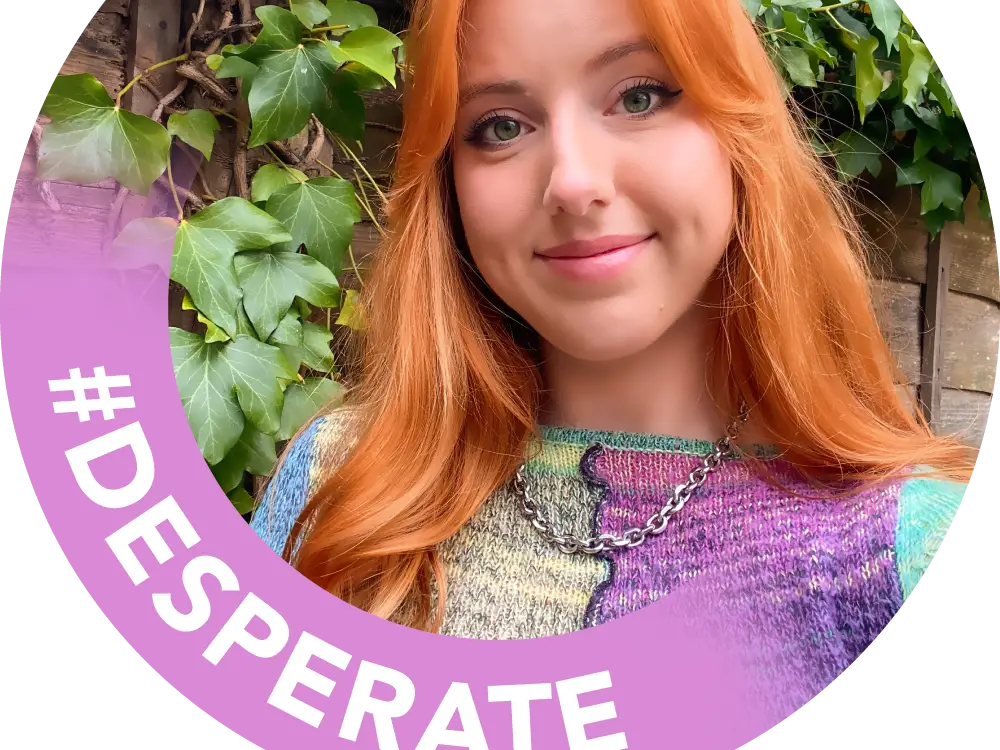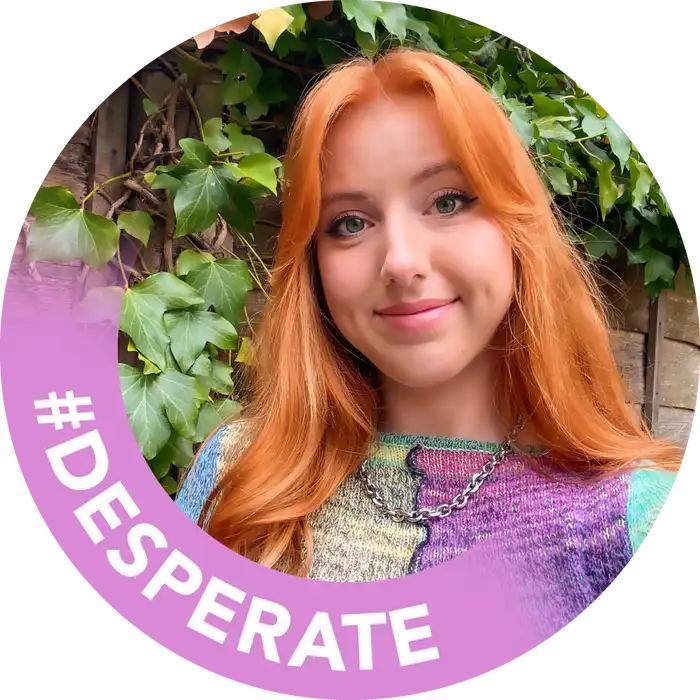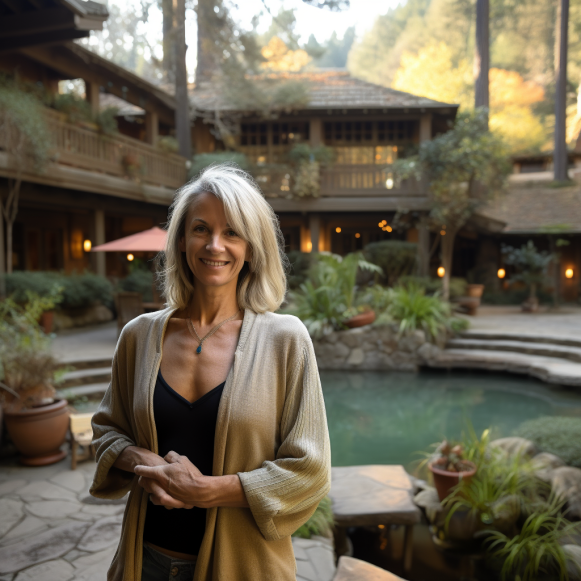A designer’s take on LinkedIn’s ‘Open to Work’ banner went viral. It reignited the platform’s most controversial debate.

Courtney Myers’ take on LinkedIn’s “Open to Work” banner.
It’s a tough job market, and one graphic designer has no problem admitting how challenging it has been to land a role.
On September 17, Courtney Summer Myers updated her LinkedIn profile with a banner letting people know she was available to work, as many do when they want the world to know they are seeking jobs.
But Myers replaced LinkedIn’s “#Open to Work” banner with a bright pink sign that read “#Desperate.”
The tongue-in-cheek reference to LinkedIn’s banner was her way of making a statement: No one should have to be embarrassed about being laid off and letting others know that they are willing to work.
And it struck a chord.
Myers’ post garnered 274,000 likes and over 6,800 comments in the week since she posted it. These numbers shocked Myers, who said she usually interacts with about 200 connections.
“I was just being honest and that’s why I didn’t feel uncomfortable posting it,” Myers told B-17. It was refreshing to be “authentic on a platform where people are so often peacocking — just showing off for no reason,” she said.
A controversial banner is born
LinkedIn rolled out its “Open to Work” banner in 2020.
The small visual appears on top of a user’s profile image. It was designed to help recruiters find job seekers more easily and to signal to others in your network to send opportunities your way. A LinkedIn spokesperson told B-17 that 40 million people globally have added the “Open to Work” frame to their photos.
The LinkedIn spokesperson said that the banner is “not a sign of weakness” but is instead a way to increase your profile’s visibility. He added that users can choose to make the status visible only to recruiters.
However, it has also become the subject of heated internet debates in the last few years. Some consider the banner an emergency flare for job seekers, while others view it as the ultimate symbol of desperation and an instant turnoff for potential employers.

Courtney Myers’ take on LinkedIn’s Open to work banner.
Airing frustration
Myers didn’t mean to reignite the debate with her post.
She was laid off from her job as a graphic designer at a tech startup in December and has been looking for a job for about nine months.
Myers lived in London for work, but has had to since move back to her parent’s home after 10 years of living by herself. She is now based in Southampton, a suburban city about one and a half hours from London, but wants to independent again.
“Financially, I want to move out. I want to pay rent, which is a crazy thing to say,” she said.
Myers said she has applied to over 700 jobs since December and has heard back from less than 10% of those employers. Those who do get in touch often demand time-consuming mock projects, she said.
They often end up with ghosting or rejections several weeks later, she said.
“I am extremely frustrated with the situation because I have good experience and a good portfolio,” Myers said. She added that she has been a designer for six years and has worked on projects for Disney, Universal, and Warner Bros.
The idea for the banner came to Myers on the weekend, and she initially intended to quietly update her profile photo with the new banner.
“I sent it to my friends in a group chat and they thought it was really funny. So I just posted it not thinking anything would come of it,” she said.
Range of reactions
The post has received a range of reactions since it went viral. It’s also been reposted on LinkedIn and X.
Myers even spotted a post linking her work situation to the American economy and US politics.
“Someone in America who had assumed I was American blamed it on Kamala Harris and her poor management of the United States,” she laughed.
Other reactions came from people who were frustrated after being laid off and were inspired to be more vulnerable about their unemployment.
She also received comments from people in talent acquisition saying they love the green banner and how it flags candidates willing to work. Others seemed to play “devil’s advocate” and warn her about what signals the “desperate” banner sends, and how it may put off potential employers.
Interview offers
But the debate has also created opportunity.
Along with her “desperate” banner, Myers published a short note on LinkedIn describing her work experience.
Myers said she has received 10,000 connection requests, including some from recruiters who have arranged interviews with her, and companies offering her freelancing opportunities.
“My inbox became complete chaos,” she said. “I’ve been staying up until 3 to 4 a.m. the past few nights just trying to get through my inbox.”
While the overwhelming reaction has been a reminder of the power of the internet, Myers does not see herself turning into a LinkedIn influencer.
“I kind of hate it to be honest,” she said. “It’s not a platform I like to use. It is more of a necessity.”
As for the graphic that started it all, Myers has uploaded it to LinkedIn so others can use it, and she said she’s already seen other users update their profile photos with the pink banner.






